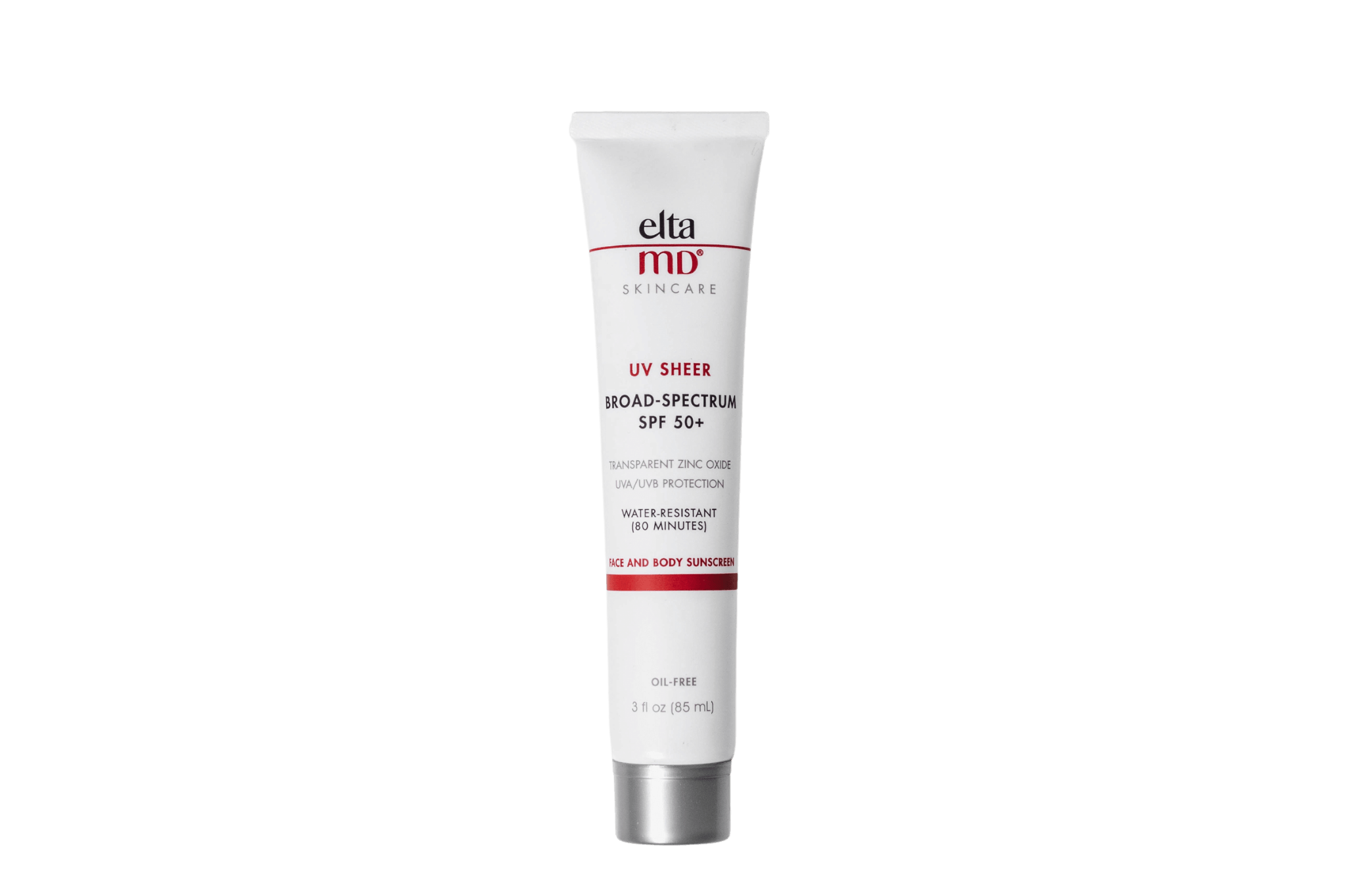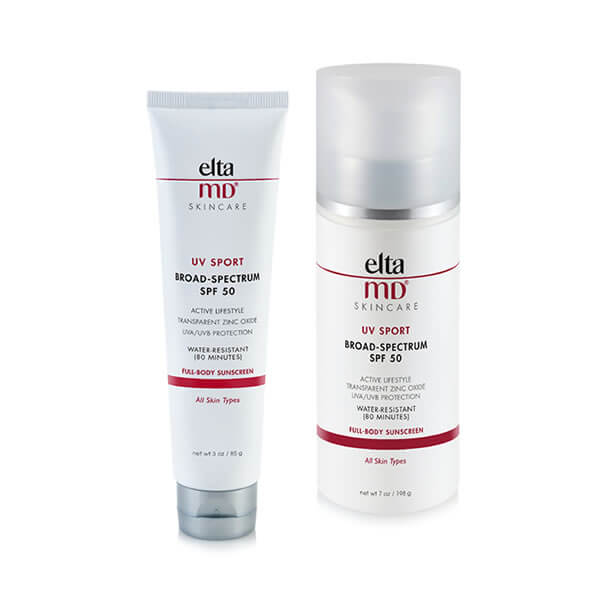Sun Safety Information
Sun Sense from Lupton Dermatology
At Lupton Dermatology, we place your well-being at the forefront by offering essential insights into sun safety. As leaders in skin cancer care, we recognize the allure of the sun and the critical importance of balance. Explore expert advice on protecting your skin from harmful ultraviolet rays, including the latest sunscreen recommendations and practical tips for minimizing sun exposure.
Empower yourself with knowledge that not only enhances your skin's radiance but also guards against the long-term effects of sun damage. Start your journey to sun-safe skin here and discover how to maintain healthy, beautiful skin year-round.
Sun Safety Tips
PROTECTING YOUR SKIN
Because of the ultraviolet radiation it emits, the sun is inherently dangerous to human skin. In fact, the American Academy of Dermatology stipulates that there is no safe way to tan. Tanning is the skin’s natural response to damage from the sun. Additionally, the Environmental Protection Agency proclaims that everybody, regardless of race or ethnicity, is subject to the potential adverse effects of overexposure to the sun. That’s why everyone needs to protect their skin from the sun every day.
UV EXPOSURE: HOW WE BURN
When ultraviolet light penetrates the epidermis it stimulates melanin, the substance responsible for skin pigmentation. Up to a point, the melanin absorbs dangerous UV rays before they do serious damage. Melanin increases in response to sun exposure, which is what causes the skin to tan. This is a sign of skin damage, not health. Sunburns develop when the UV exposure is greater than the skin’s natural ability to protect against it.
ABSORBING UV LIGHT: SUNSCREENS & SUNBLOCKS
The sun emits two types of ultraviolet (UV) rays that are harmful to human skin. UVA rays penetrate deep into the dermis and lead to wrinkles, age spots and skin cancers. UVB rays are responsible for causing sunburn, cataracts and immune system damage. Melanoma is thought to be associated with severe UVB sunburns that occur before the age of 20.
Sunscreens absorb ultraviolet light so that it doesn’t reach the skin. Look for sunscreens with the active ingredients PABA, benzophenones, cinnamates or salicylates. Sunblocks literally block the UV rays instead of absorbing them. Key active ingredients for sunblock success are titanium oxide and zinc oxide.
There is no sunscreen or sunblock that works 100%. The U.S. Food and Drug Administration regulates the manufacture and promotion of sunscreens. Sunscreens are given a SPF (Sun Protection Factor) number that indicates how long a person can remain in the sun without burning. It is recommended that people use products with a SPF of 15 or greater. Sunscreens are not generally recommended for infants six months old or younger. Infants should be kept in the shade as much as possible and should be dressed in protective clothing to prevent any skin exposure and damage.
There is no such thing as “all-day protection” or “waterproof” sunscreen. No matter what the SPF number, sunscreens need to be re-applied every 2 to 3 hours. Products that claim to be “waterproof” can only protect against sunburn up to 80 minutes in the water. Products labeled “water resistant” can only protect against sunburn up to 40 minutes in the water.
Even in the worst weather, 80% of the sun’s UV rays can pass through the clouds. Additionally, sand reflects 25% of the sun’s UV rays and snow reflects 80% of the sun’s UV rays. That’s why sunscreen needs to be worn every day and in every type of weather and climate. The sun’s intensity is also impacted by altitude (the higher the altitude the greater the sun exposure), time of year (summer months) and location (the closer to the Equator, the greater the sun exposure).
If you are in need of a new sunscreen, check out QualDerm's online store. We offer various medical-grade skincre options for patients of all ages and skin types.
PROTECTING YOURSELF FROM SUN EXPOSURE
- Look for sunscreens that use the term “broad spectrum” because they protect against both UVA and UVB rays.
- Choose a sunscreen with a minimum SPF rating of 15.
- Apply sunscreen 15 to 30 minutes before you head out into the sun to give it time to seep into the skin.
- Apply sunscreens liberally. Use at least one ounce to cover the entire body.
- Use a lip balm with SPF 15 or greater to protect the lips from sun damage.
- Re-apply sunscreen immediately after going into water or sweating.
- Re-apply sunscreen every 2 to 3 hours.
- Use sunscreen every day regardless of the weather.
- Wear sunglasses to protect the eyes from UV rays.
- Wear wide-brimmed hats and protective clothing to limit skin exposure to the sun.
- Stay in the shade whenever possible.
- Avoid using tanning beds.
WHAT YOU CAN DO: TREATING SUNBURN
If you experience a sunburn, get out of the sun and cover the exposed skin as soon as possible. A sunburn will begin to appear within 4 to 6 hours after getting out of the sun and will fully appear within 12 to 24 hours. Mild burns cause redness and some peeling after a few days. They can be treated with cold compresses on the damaged area, cool baths, moisturizers to prevent dryness and over-the-counter hydrocortisone creams to relieve any pain or itching. It is also important to drink plenty of fluids when you experience any type of sunburn.
More serious burns lead to blisters, which can be painful. It is important not to rupture blisters as this slows down the natural healing process and may lead to infection. You may want to cover blisters with gauze to keep them clean. Stay out of the sun until your skin has fully healed. In the most severe cases, oral steroids may be prescribed to prevent or eliminate infection along with pain-relieving medication
Sun Safety FAQs
The sun produces two kinds of rays, visible and invisible. The rays you can’t see (invisible) are known as ultraviolet A (UVA), ultraviolet B (UVB), and ultraviolet C (UVC). These invisible rays are dangerous to your skin and can cause suntan, sunburn and sun damage. Plus, UV rays can also cause cataracts, which are gradual clouding of the lens of the eye.
There is truly no such thing as a 'safe' tan.
Sunbathing, while often enjoyed for its relaxing qualities, poses significant risks to skin health. Prolonged exposure to ultraviolet (UV) rays from the sun increases the likelihood of skin damage, premature aging, and raises the risk of skin cancer. UV radiation penetrates the skin, causing DNA damage and increasing the production of free radicals. Over time, this damage accumulates, leading to wrinkles, sunspots, and potentially skin cancer. To safeguard your skin, it's advisable to use sun protection measures such as sunscreen and limit sun exposure.
Indoor tanning salons use ultraviolet light, so they have the same side effects as the sun – including more rapid aging, and increased chance of melanoma and skin cancer. No kind of ultraviolet light is safe!
For years, people used to think that a suntan was a sign of good health. The fact is just the opposite. A suntan is the skin’s response to injury from sunlight. Although a suntan might look good on the surface, remember, it’s a sign of permanent injury.
There is a substance produced by the skin called melanin (mel-a-nin). When UV rays enter the skin, the skin protects itself by making more melanin, causing a tan. The more melanin you have in the skin the more protected you are from ultraviolet light. However, the protection is only equal to a sunscreen with a protection and is not a substitute for a sunscreen lotion.
It’s not the heat that causes the damage; it’s the ultraviolet light. It is important to remember that the sun is still dangerous even when it is not your typical summer day. UV rays may still be strong on cold or overcast days and can penetrate through cloud cover, fog, and haze. However, certain things do make UV light more intense. Here is a list of things that can increase the amount of UV light you are getting.
- Summer
- Time of day (10 a.m. – 3 p.m.)
- High altitudes
- Proximity to the equator
- Wind
- Reflected rays from water, sand or snow
- Some medicines including antibiotics and acne medicines can make skin more susceptible to sunburn & sun damage.
From Our QualDerm Family of Providers: Kids and Sunscreen
Featured Sunscreens

EltaMD UV Sheer Broad-Spectrum SPF 50
UV Sheer has a lightweight, hydrating formula that feels silky to the touch and light and airy on the skin. It goes on smooth absorbing quickly into skin and helps even out skin tone. This facial sunscreen offers up to 80 minutes of sweat and water-resistance making it the ideal choice for an active lifestyle, hot and humid weather and for anyone looking for a lightweight and hydrating sunscreen to live freely under the sun. UV Sheer is formulated to be compatible on all skin tones without leaving a white cast. 3.0 oz

EltaMD UV Sport SPF 50 3oz, 7 oz
Have your fun in the sun – but play it safe. This sunscreen is great for swimmers, skiers, runners, golfers and other athletes – or for those who just love to be outdoors! UV Sport is water-resistant, so it won’t rinse off in water or drip into your eyes and sting when you sweat.

